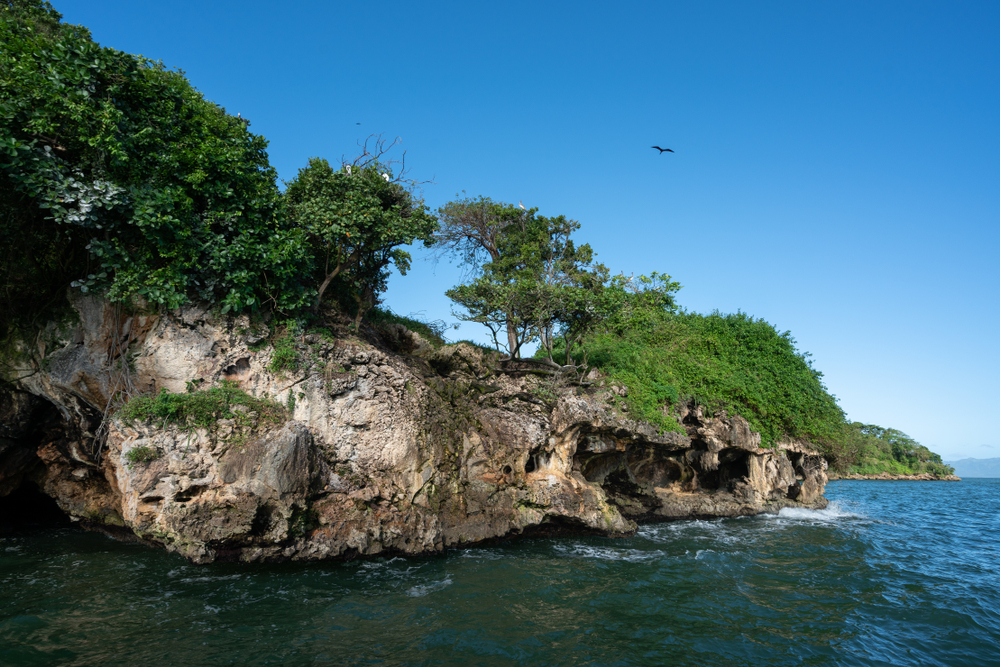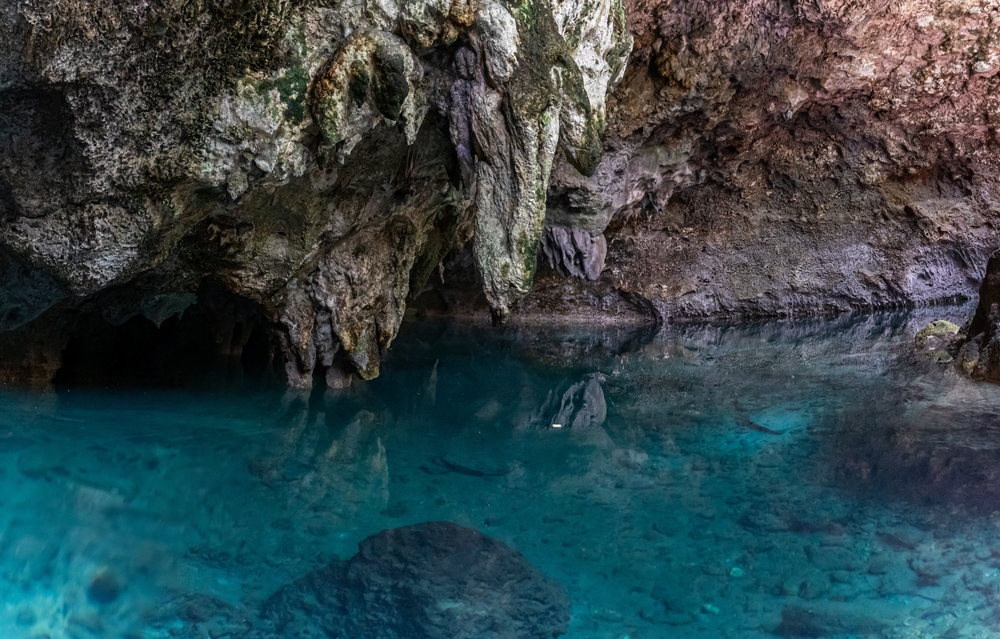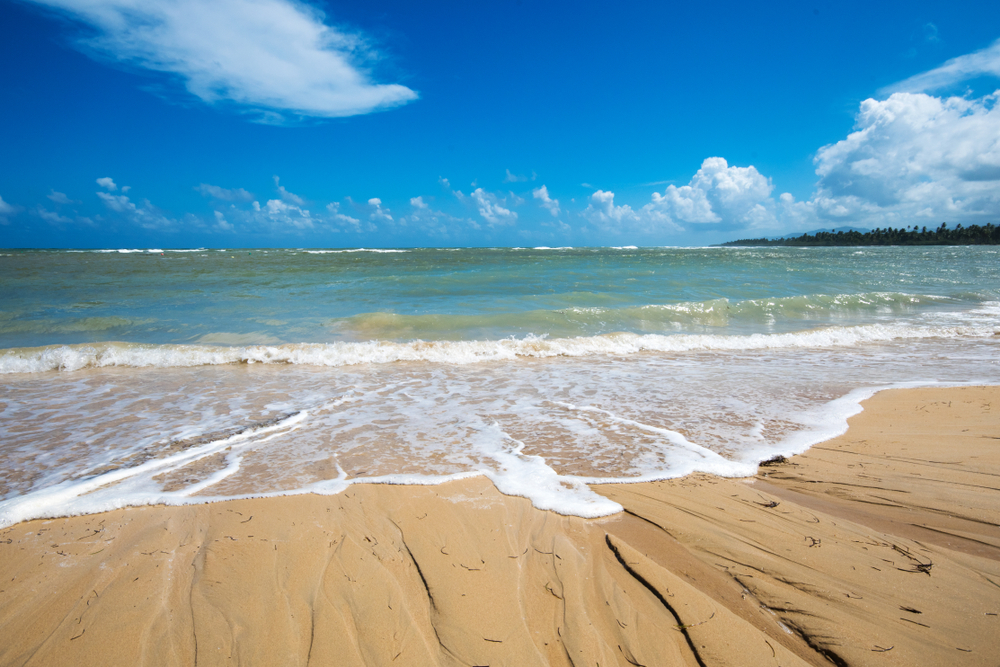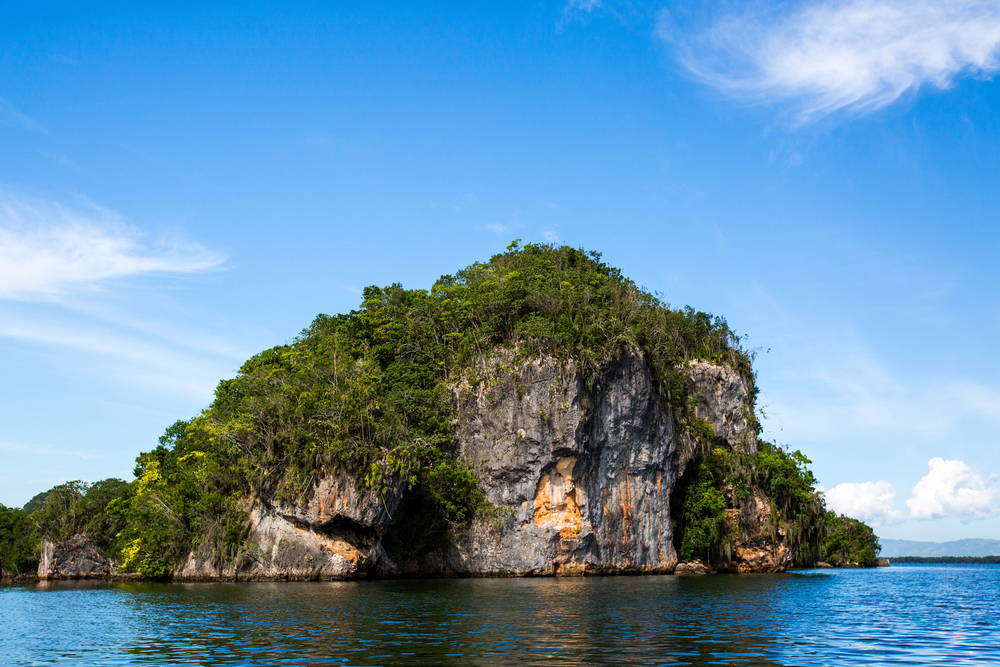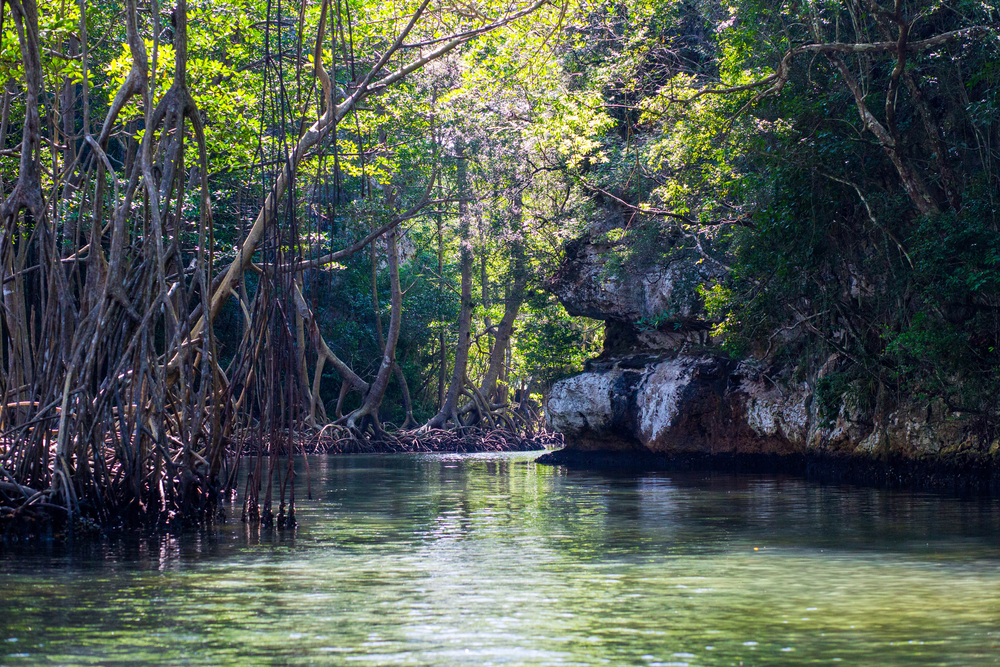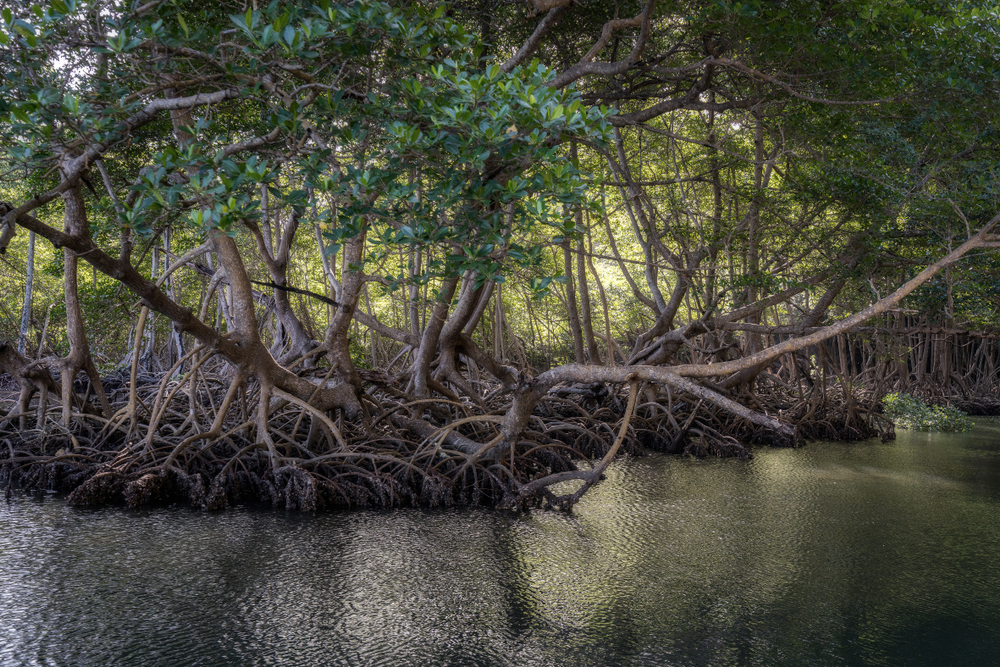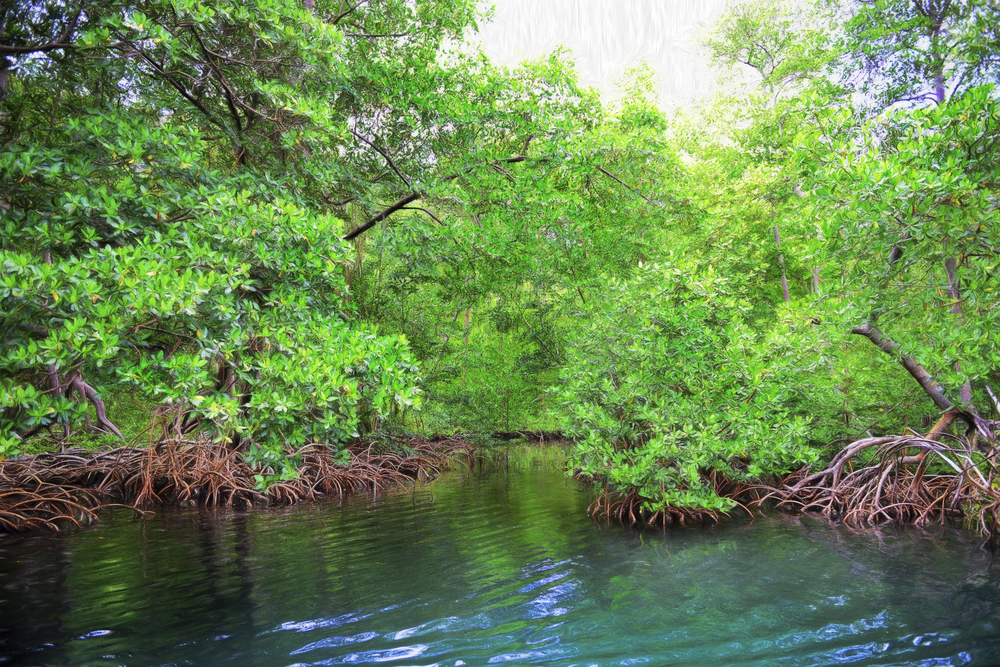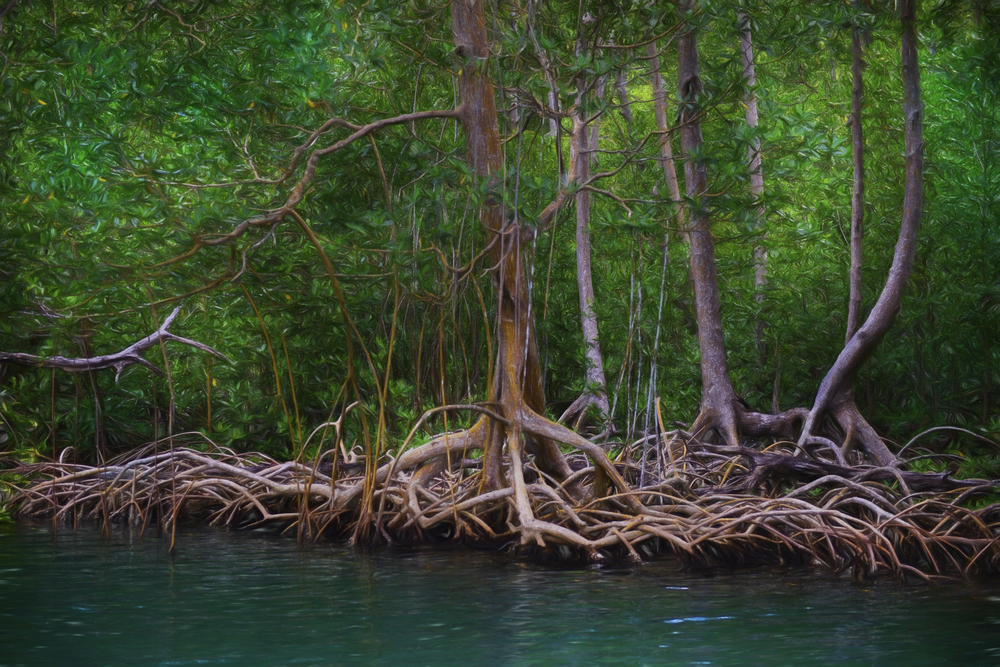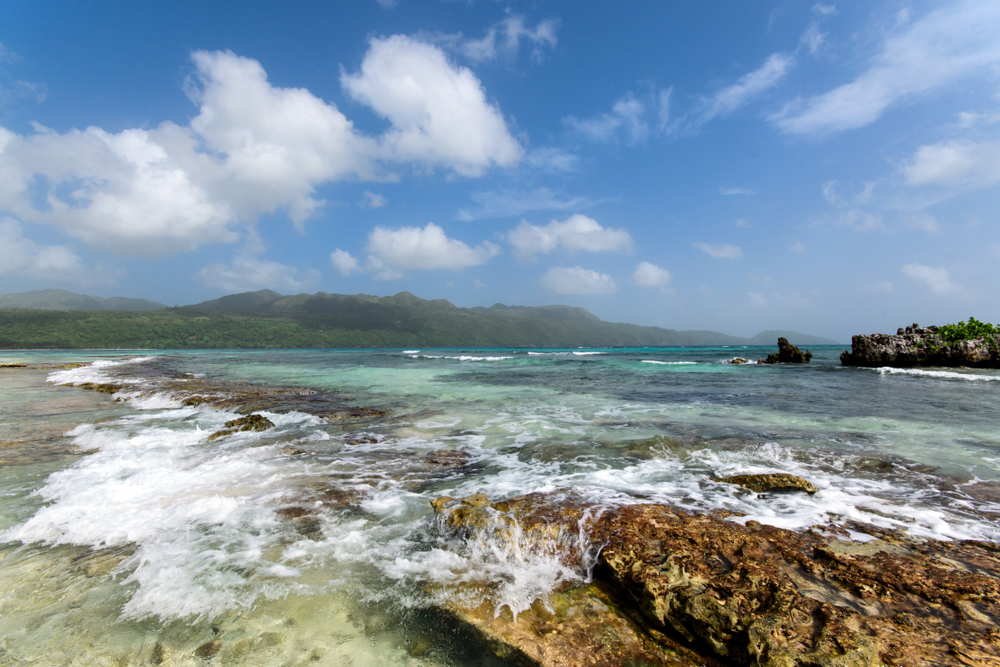Los Haitises Overview
Los Haitises National Park (locally known as Parque Nacional Los Haitises) is located in the northeastern Dominican Republic, covering an area of approximately 618 square miles (1,600 square kilometers). This expansive park, established in 1976, is situated along the Samaná Bay, primarily in the provinces of Samaná and Monte Plata. Known for its dramatic karst landscapes, Los Haitises features a maze of lush, forest-covered hills, coastal mangroves, and stunning limestone formations, which rise steeply from the sea.
The park’s unique terrain is shaped by eroded limestone, creating a network of caves, cliffs, and sinkholes. Many of these caves, such as Cueva de la Línea and Cueva de San Gabriel, are adorned with ancient Taino petroglyphs and pictographs, making the park a significant cultural site as well as a natural one. Visitors can explore these caves, either by hiking trails or boat tours through the park’s intricate mangrove canals, offering a glimpse into both the natural and historical wonders of the region.
Los Haitises is home to one of the most biodiverse areas in the Dominican Republic, with a variety of ecosystems ranging from tropical rainforests to wetlands. Vegetation in the park includes mangroves, broadleaf forests, and a variety of tropical flora. The park’s rich vegetation provides crucial habitats for an array of wildlife, particularly birds.
The park is a haven for birdwatchers, as it hosts over 200 bird species, including the endangered Ridgway’s hawk, brown pelicans, frigatebirds, and Hispaniolan woodpeckers. The coastal areas also attract manatees and dolphins, while the dense forests shelter reptiles like boa constrictors and endemic species such as the Hispaniolan hutia and solenodon. The diverse landscapes and ecosystems of Los Haitises make it one of the most ecologically valuable and visually striking parks in the Caribbean.
Park Map
Los Haitises National Park Highlights
Engaging Los Hantises National Park
Related National Parks More Dominican republic
Sources
- Barcelo Experiences, Los Haitises National Park, https://www.barcelo.com/guia-turismo/en/dominican-republic/dominican-republic/things-to-do/los-haities/, retrieved August 2024.
- Go Dominican Republic, Los Haitises National Park, https://www.godominicanrepublic.com/listing/los-haitises-national-park/2834/, retrieved August 2024.
- Just Go Places, Why You Should Visit Los Haitises National Park, https://www.justgoplacesblog.com/los-haitises-national-park/, retrieved August 2024.
- Park Site, Los Haitises National Park, https://www.parquenacionalloshaitises.com/, retrieved August 2024.
- Wikipedia, Los Haitises National Park, https://en.wikipedia.org/wiki/Los_Haitises_National_Park, retrieved August 2024.








































































